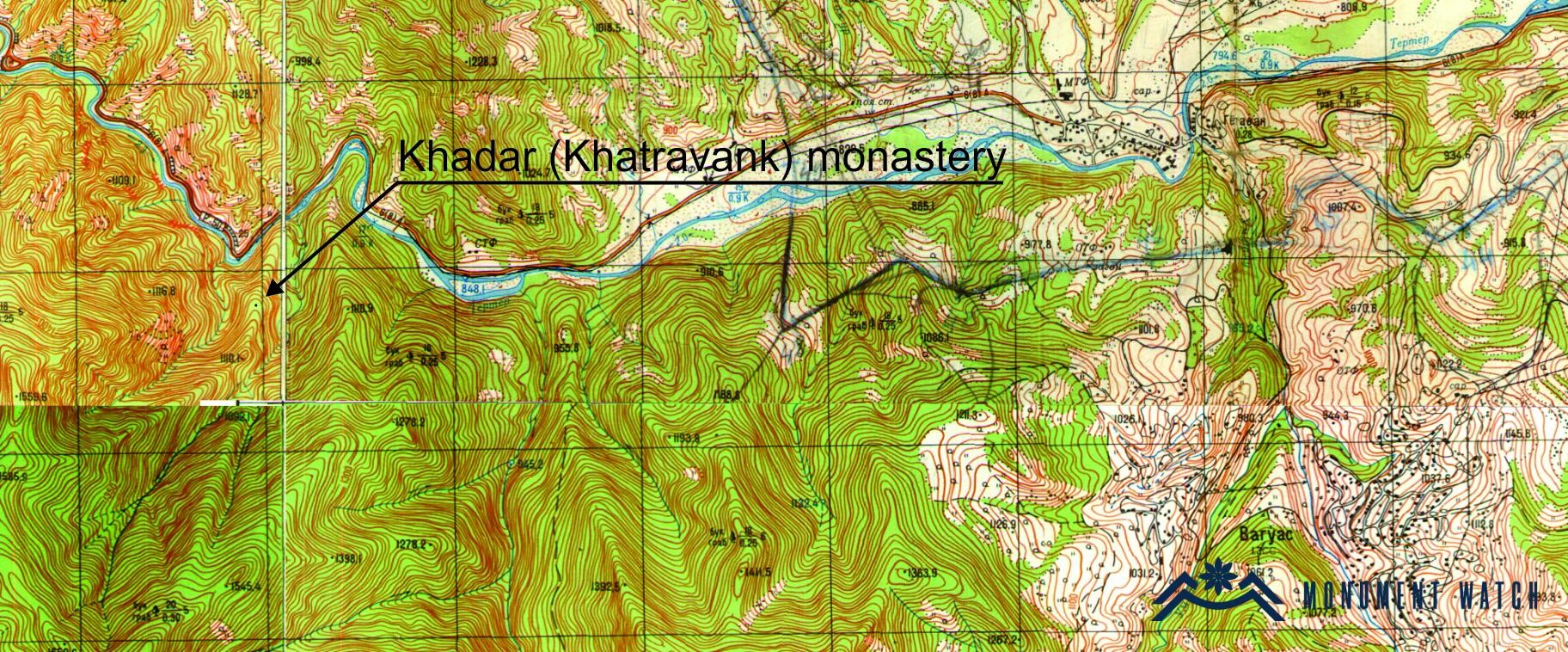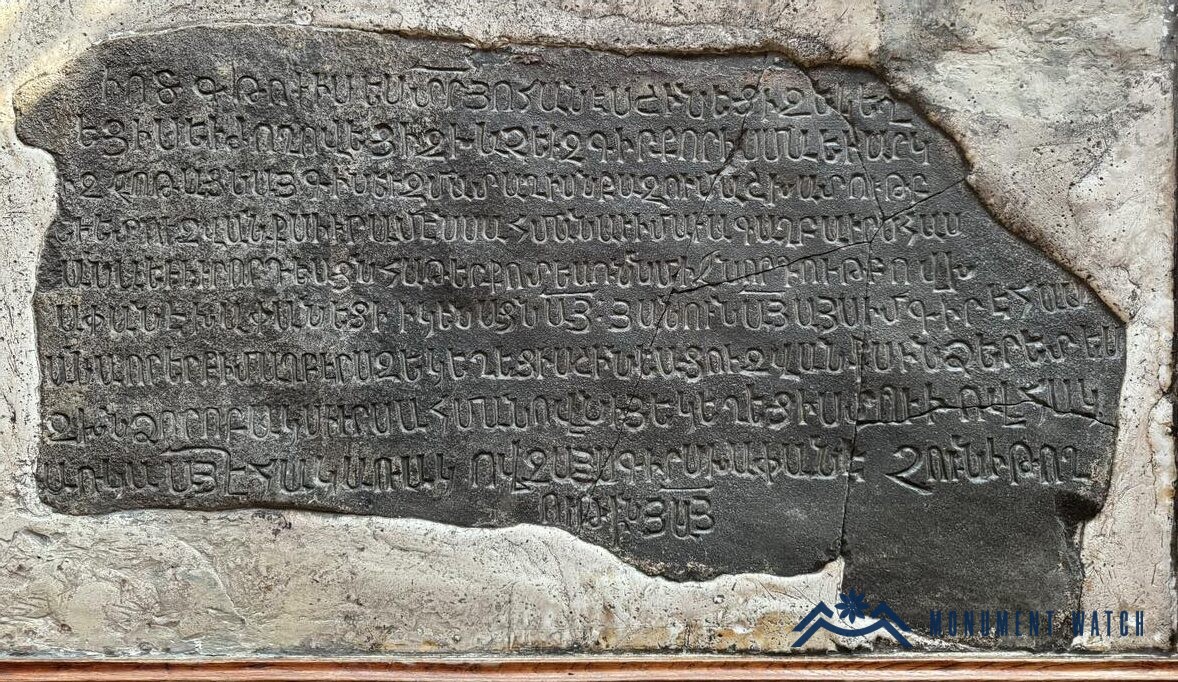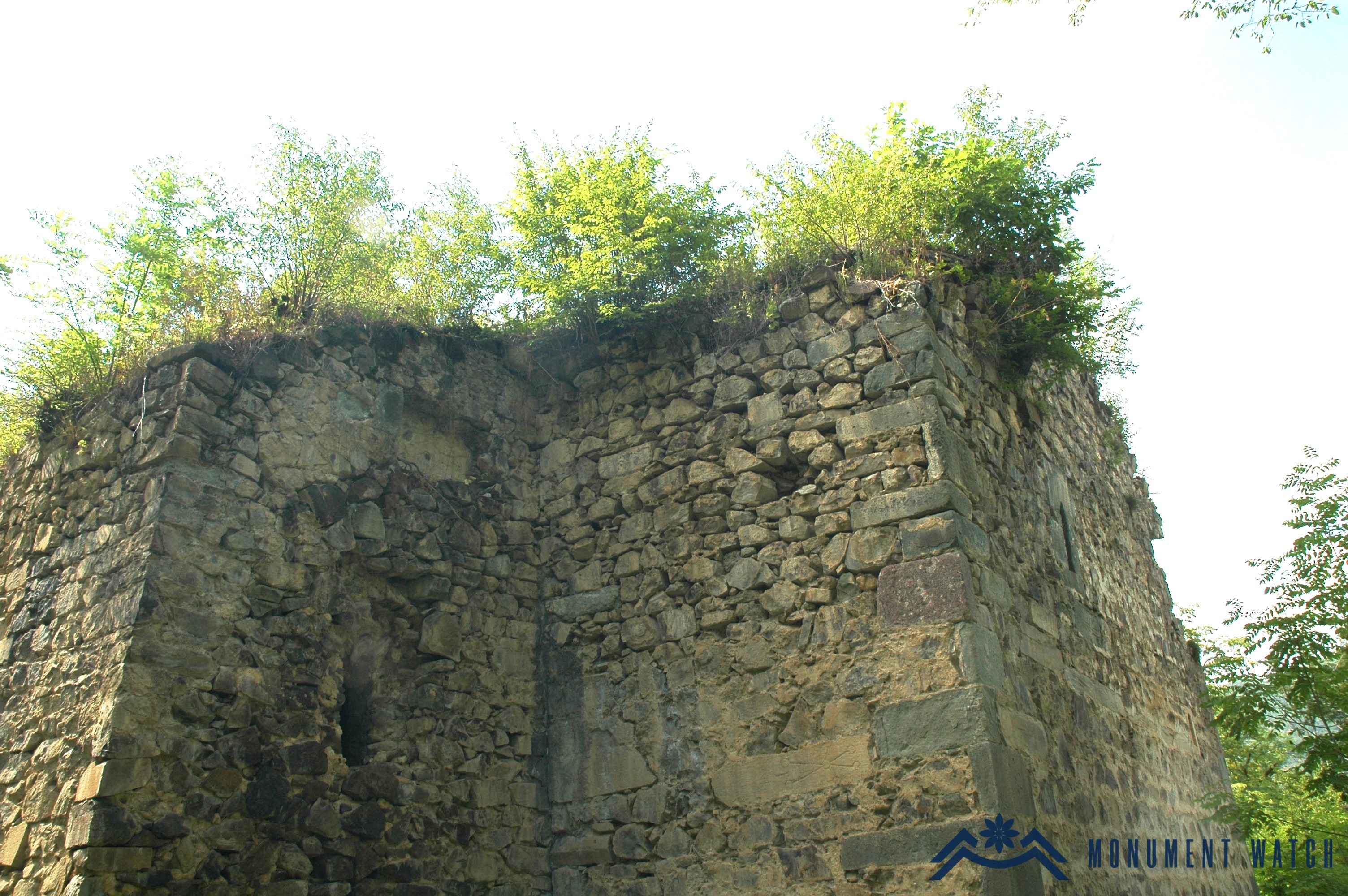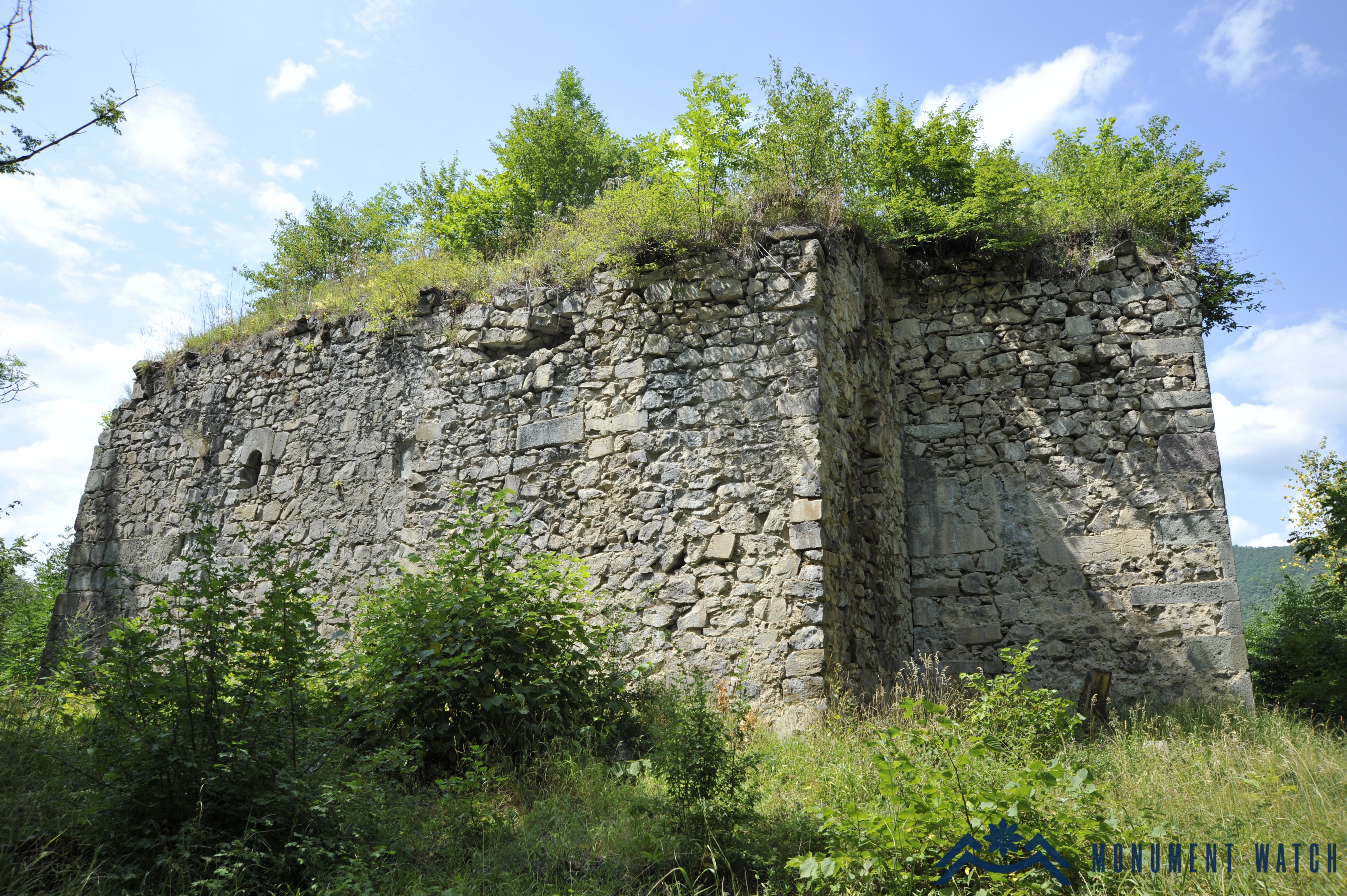Regarding the famous inscription of the Khadar monastery
One of the inscriptions at the Khadar Monastery, authored by Hovhannes Khachenatsi, who constructed the monastery's second church in 1204, has garnered particular attention from Armenologists due to a notable passage. The inscription reads: "I gathered the crosses and the writings that were here." The full text of the inscription is as follows:
"In the year 653, I, Father Hovhannes, with great toil, built this church, gathered the crosses and writings that were here, cultivated the gardens and all the surrounding lands, and through the intercession of the lord of Haterk, entrusted the monastery to my brother Hasan and his son. Whosoever violates, let them forfeit their share in the eternal life granted by God. In the name of God, this is the testament of me, Hasan. My brother built this church and entrusted the monastery to me; I, in turn, bestowed it upon the church.
Whosoever removes it from the church stands in opposition to God. Whosoever defies this inscription shall find no forgiveness from God "(Fig. 1).
According to the first part of inscription, Ter Hovhannes built a church, collected the "crosses and writings" from the surrounding area, planted a garden, and then, with the mediation of the lord of Haterk, entrusted the monastery to his elder brother, Hasan, and his sons. At that time, the lord of Haterk and prince of all Khachen was Vakhtang Hasanyan, the renowned son of Hasan Mets and husband of Arzukhatun.
Researchers have interpreted "crosses" to refer to khachkars (cross-stones), and "writings" to mean manuscripts. This interpretation led to the recognition of this inscription as a unique lithographic testimony to the creation of a scriptorium or library, warranting its relocation and display in the Mashtots Matenadaran (Fig. 1).
Thus, S. Barkhudaryan writes, "I built this church and gathered crosses and writings that were here "—indicating that he laid the foundation for the library (CAE 5, 121). B. Ulubabyan, M. Hasratyan, and A. Matevosyan offer a more assertive interpretation: "Hovhannes built the Katoghike church of the monastery, collecting crosses and writings there with great effort" (Ulubabyan, Hasratyan, 1984, 24). Hasratyan further elaborates, "It turns out that Hovhannes Khachenetsi, while constructing the Khatravank church, collected khachkars and manuscripts here, thereby transforming the monastery into a scriptorium and Stone repository-museum of medieval Armenia" (Hasratyan 1992, 68). A. Matevosyan emphasizes, "This inscription documents the founding of the Khada Monastery’s school, scriptorium, and library" (Matevosyan 2022, 179). This approach is echoed in extensive research on the writing centers of Artsakh (Minasyan 2015, 29).
The original location of the inscription was identified by S. Karapetyan, who confirmed that it was placed on the eastern wall of the southern church, on the exterior (Figs. 2, 3), where the slot for the inscribed slab remains visible. This clarification is crucial in establishing that the church built by Hovhannes is, in fact, a modest southern chapel rather than a "Katoghike church," as previously suggested by B. Ulubabyan.
Ancient khachkars, which are intricately carved and inscribed stones, were often repurposed as both building materials and decorative elements in medieval churches. This practice became particularly prevalent from the late 12th century onwards. It is also important to note that the monastery already housed a church that was comparable in size and stature to the one constructed by Hovhannes (Khadar monastery. The monument group of churches, https://monumentwatch.org/en/monument/khadar-monastery-the-monument-group-of-churches/). Additionally, it is doubtful that the crosses and manuscripts were carelessly discarded for Hovhannes to gather at random.
We believe it is more likely that the term "cross" in the inscription refers to cross-stones and cross-carved slabs, while the term "writings" means the plural of written inscriptions. In other words, while constructing the church, Hovhannes also gathered the surrounding khachkars and inscriptions and incorporated them into the walls of the church structure, a practice that was later employed in the same monastery (Fig. 4).
Bibliography
- Hasratyan 1992 - Hasratyan M., Artsakh School of Armenian Architecture, Publishing House of the Academy of Sciences of RA, Yerevan.
- Matevosyan 2022 - Matevosyan A., Works. Historical-philological and manuscript studies, Yerevan, Matenadaran.
- Minasyan 2015 - Minasyan T., Writing Centers of Artsakh, Yerevan, "Nairi" publishing house.
- Ulubabyan, Hasratyan 1984 - Ulubabyan B., Hasratyan M., Khadavank-Khatravank, Haykazean Armenian Studies Journal, volume 10, pages 21-50.
Regarding the famous inscription of the Khadar monastery
Artsakh




